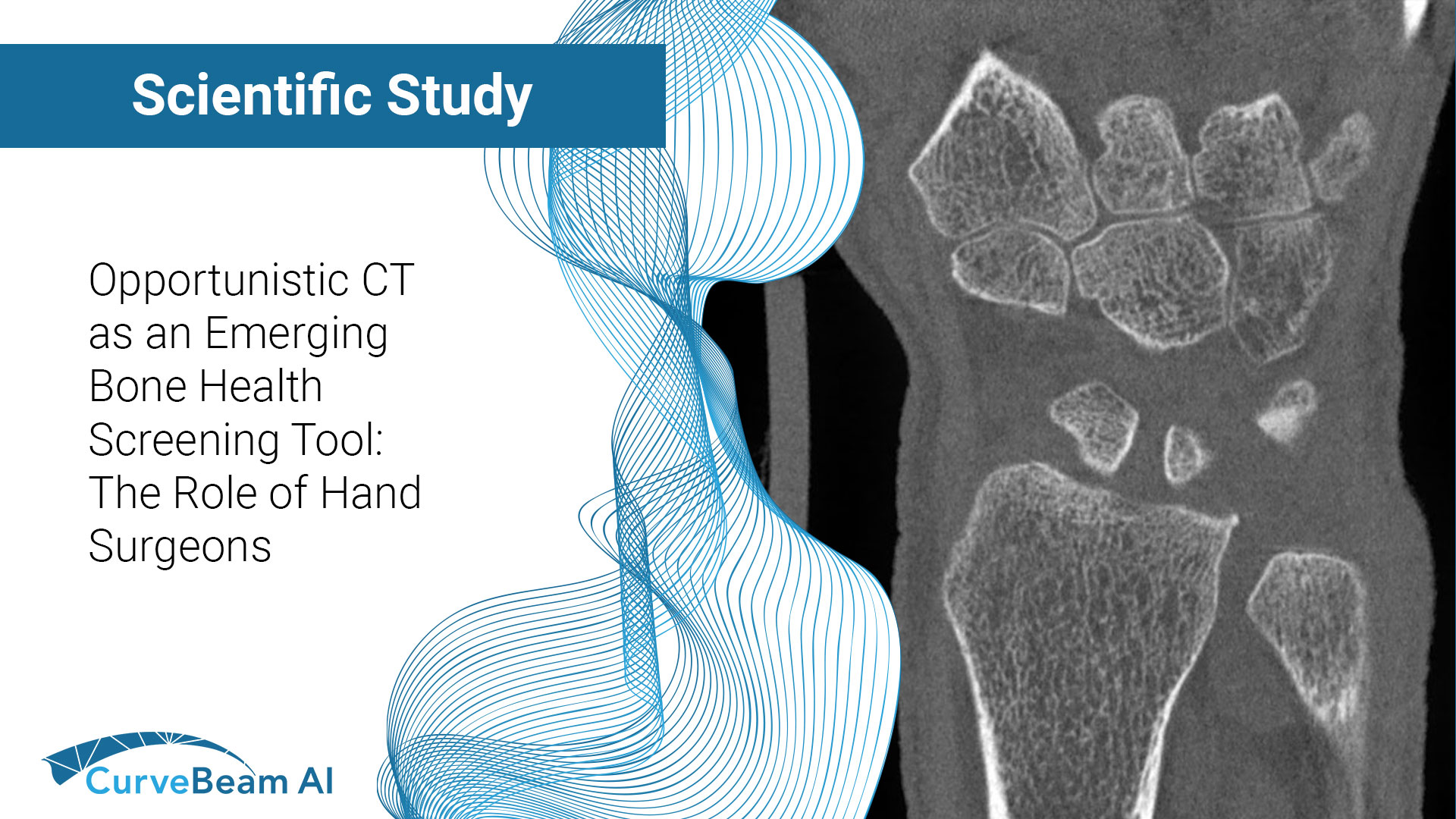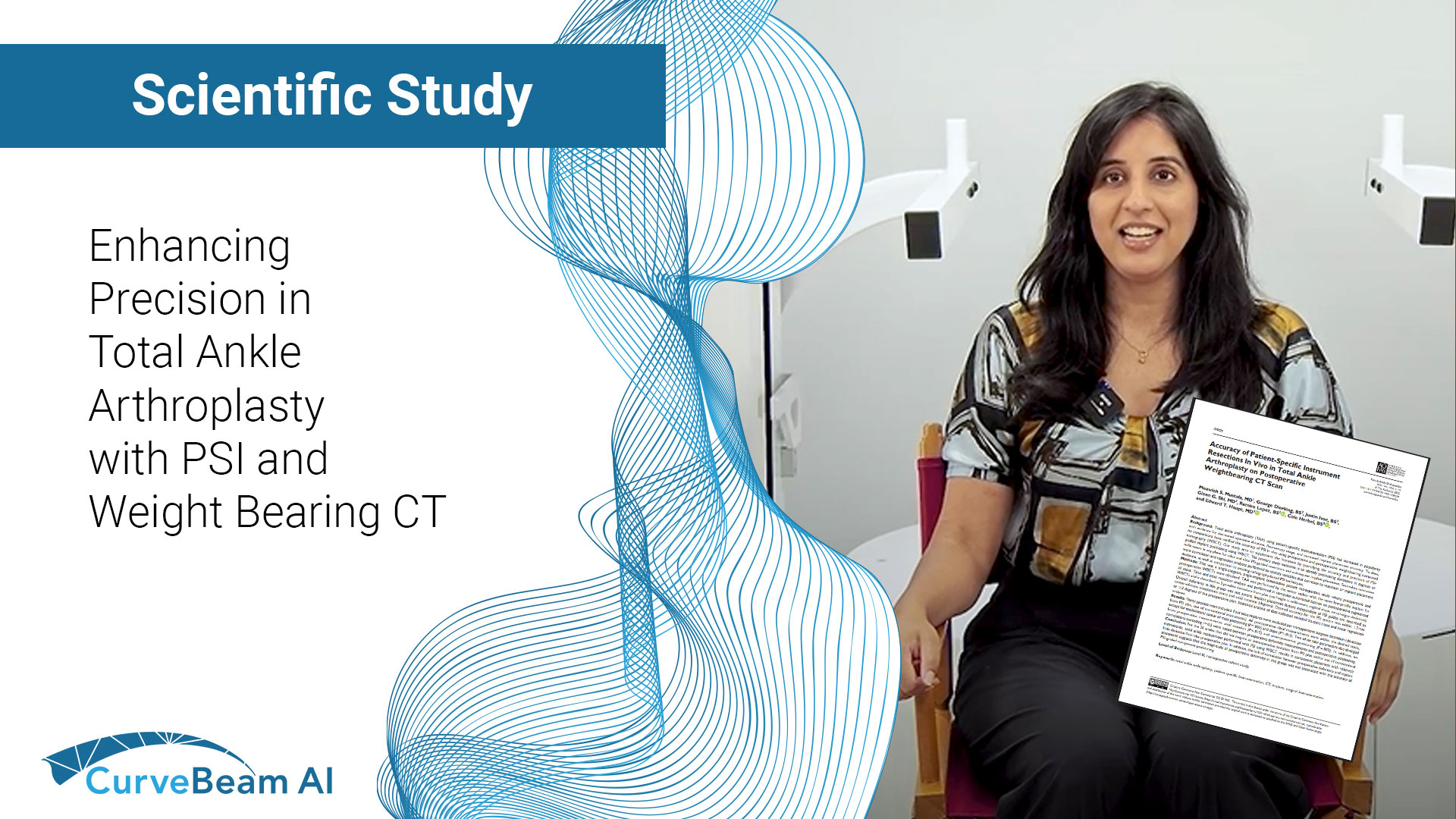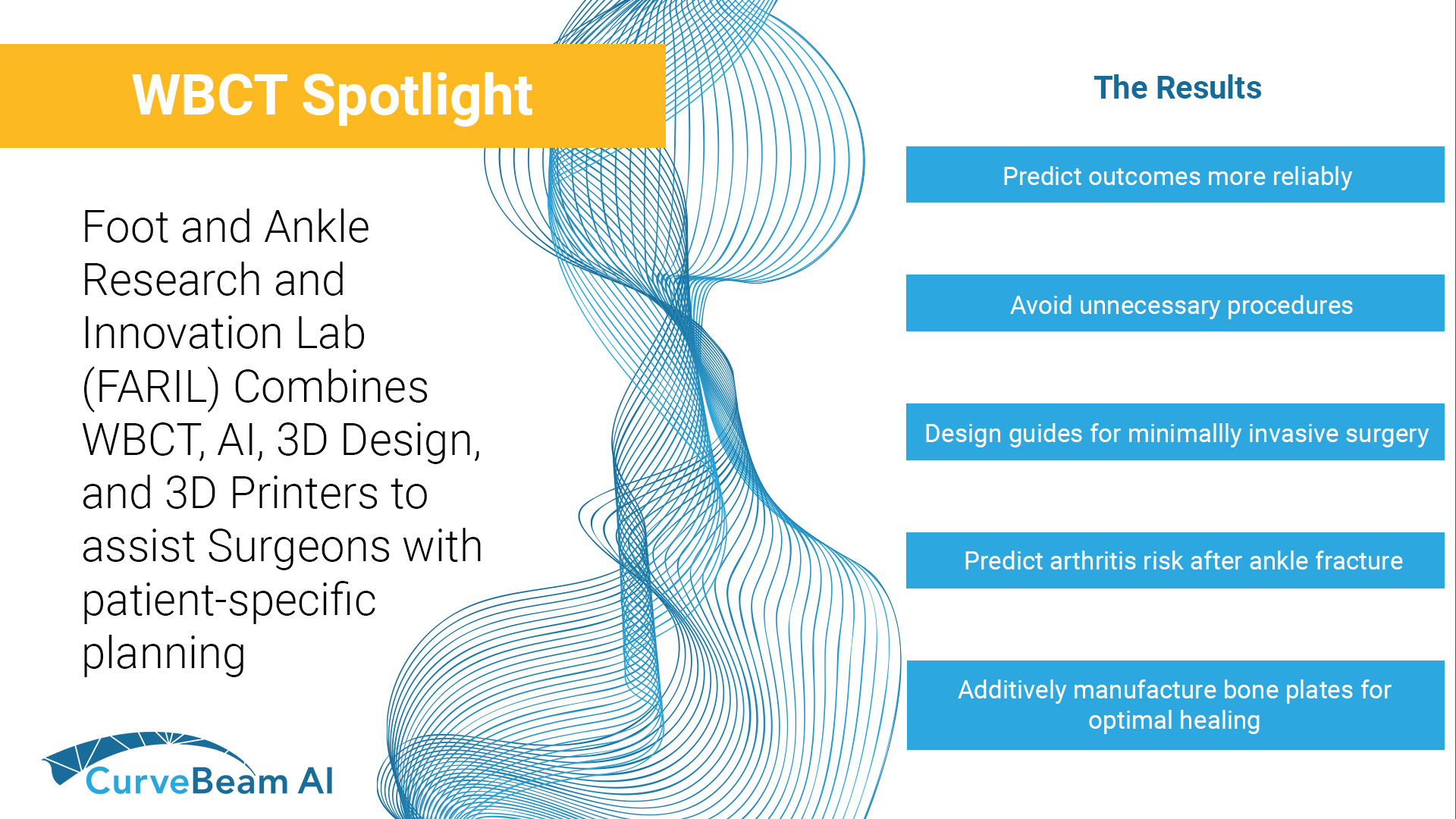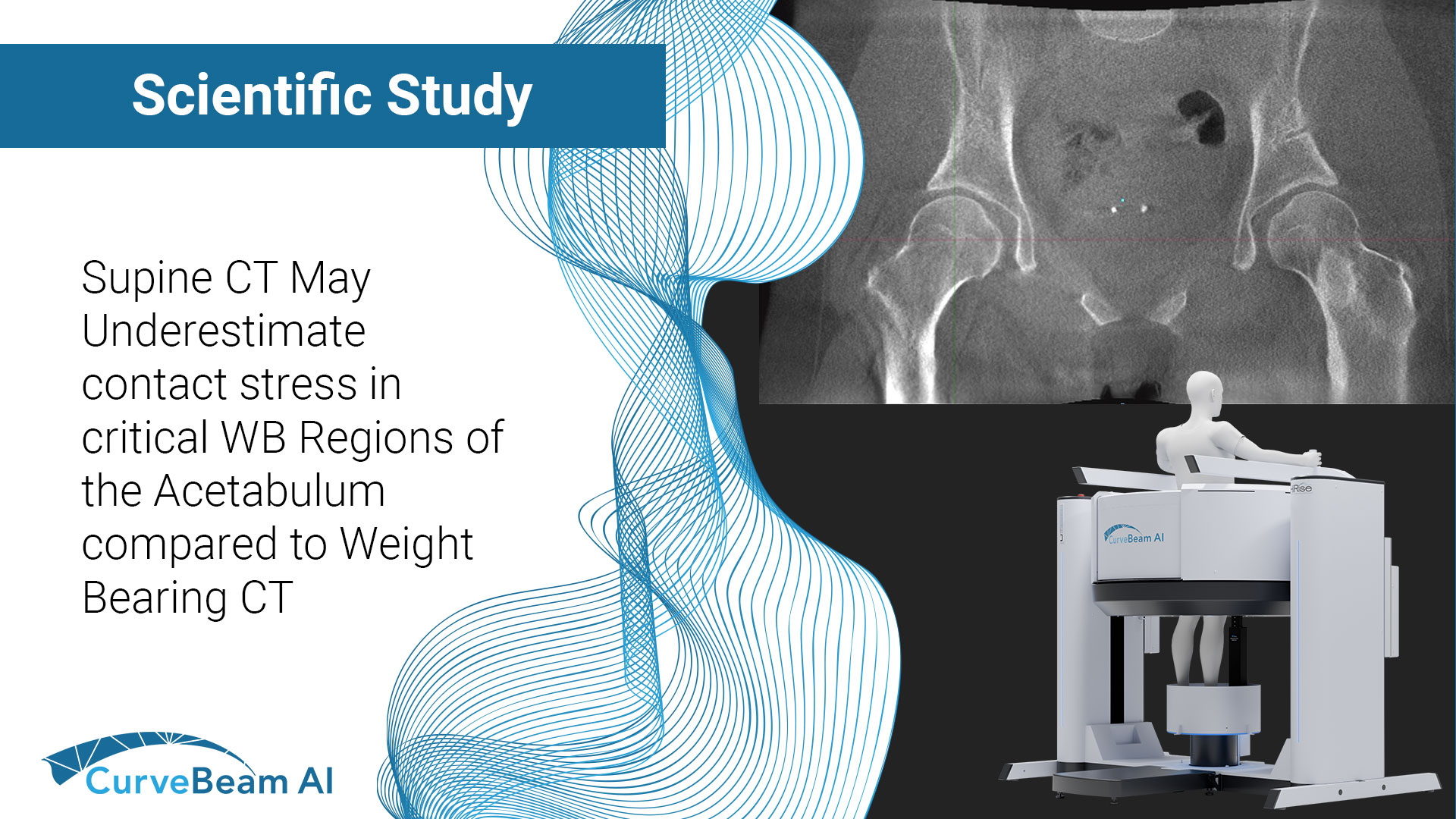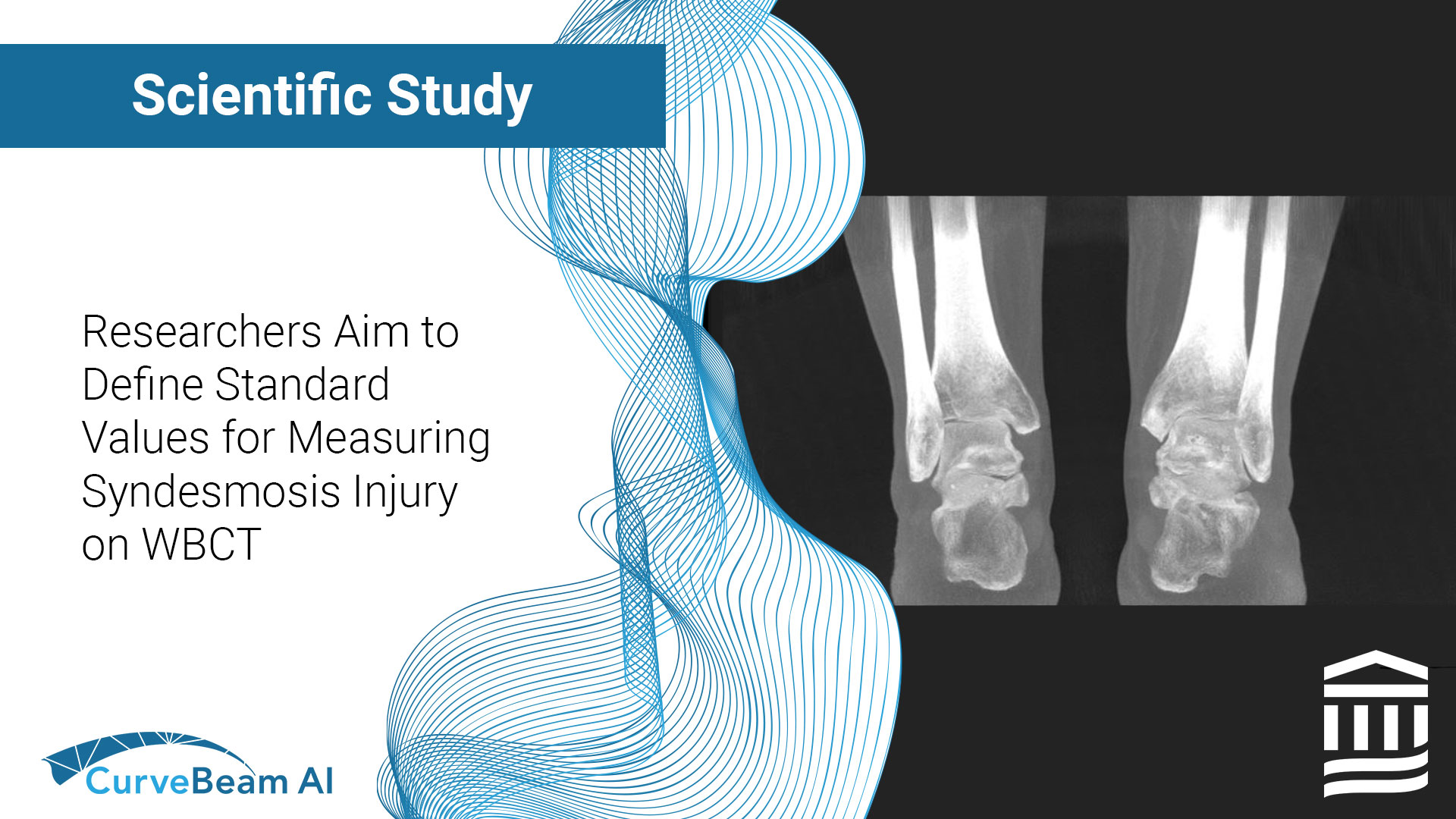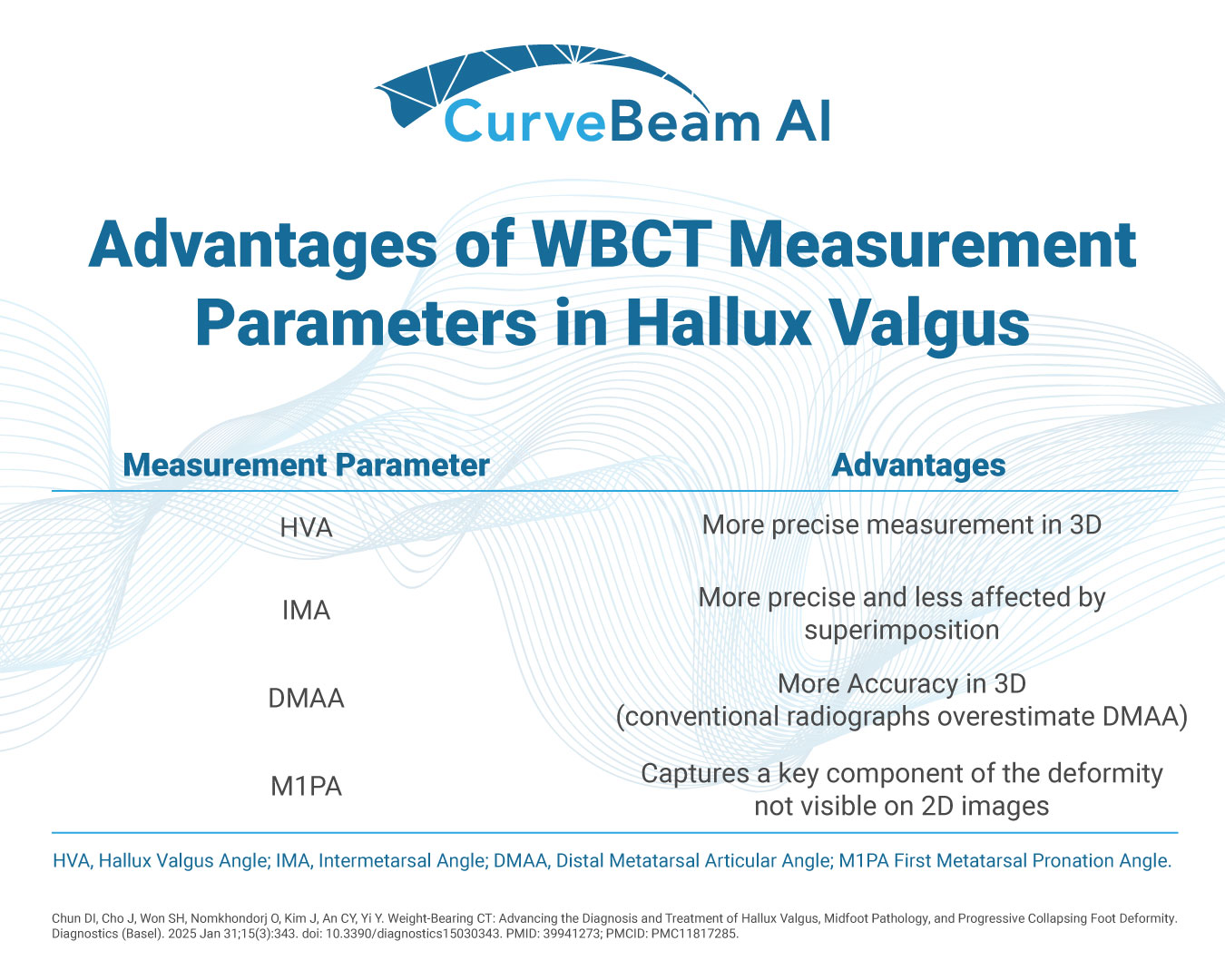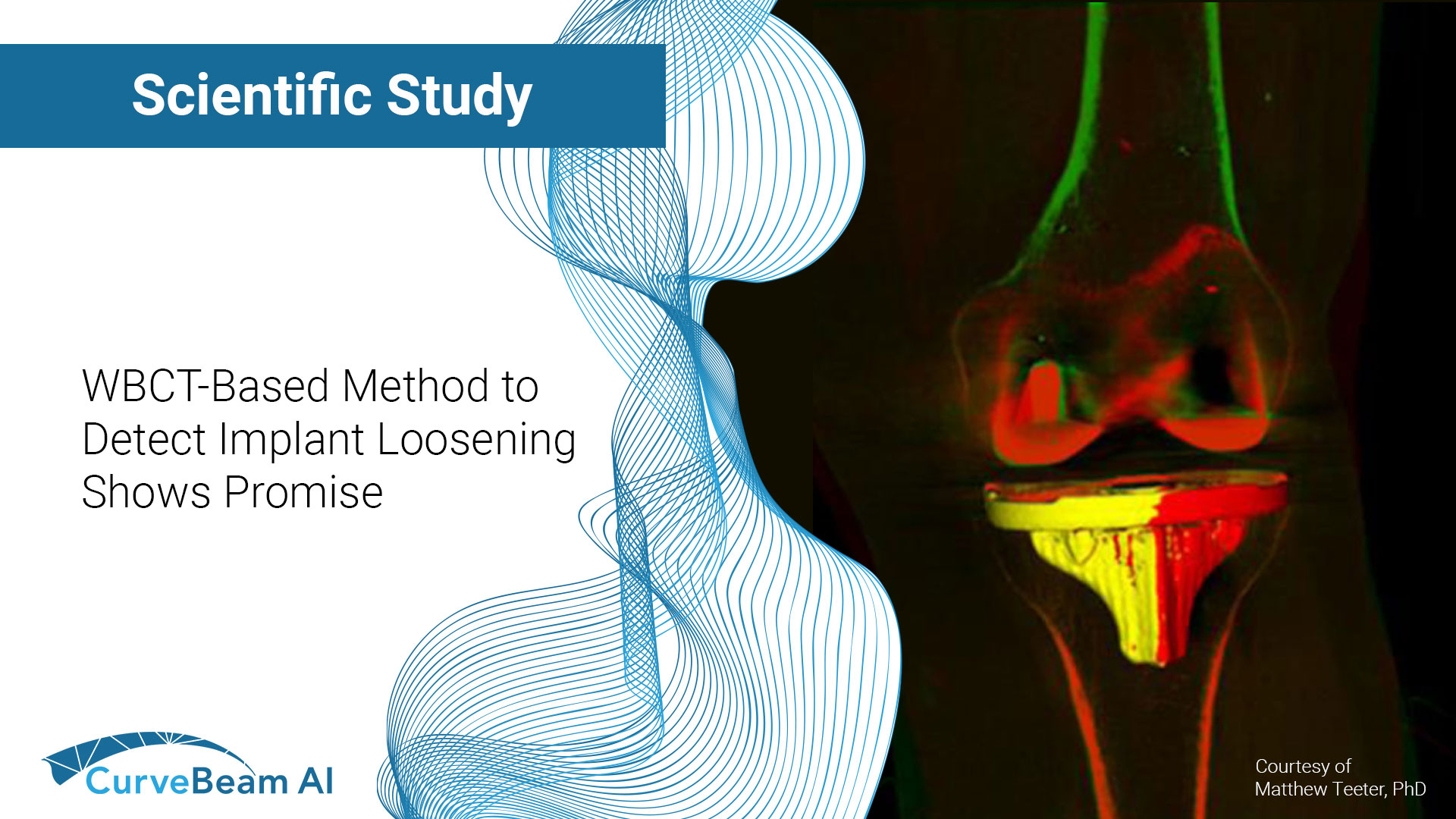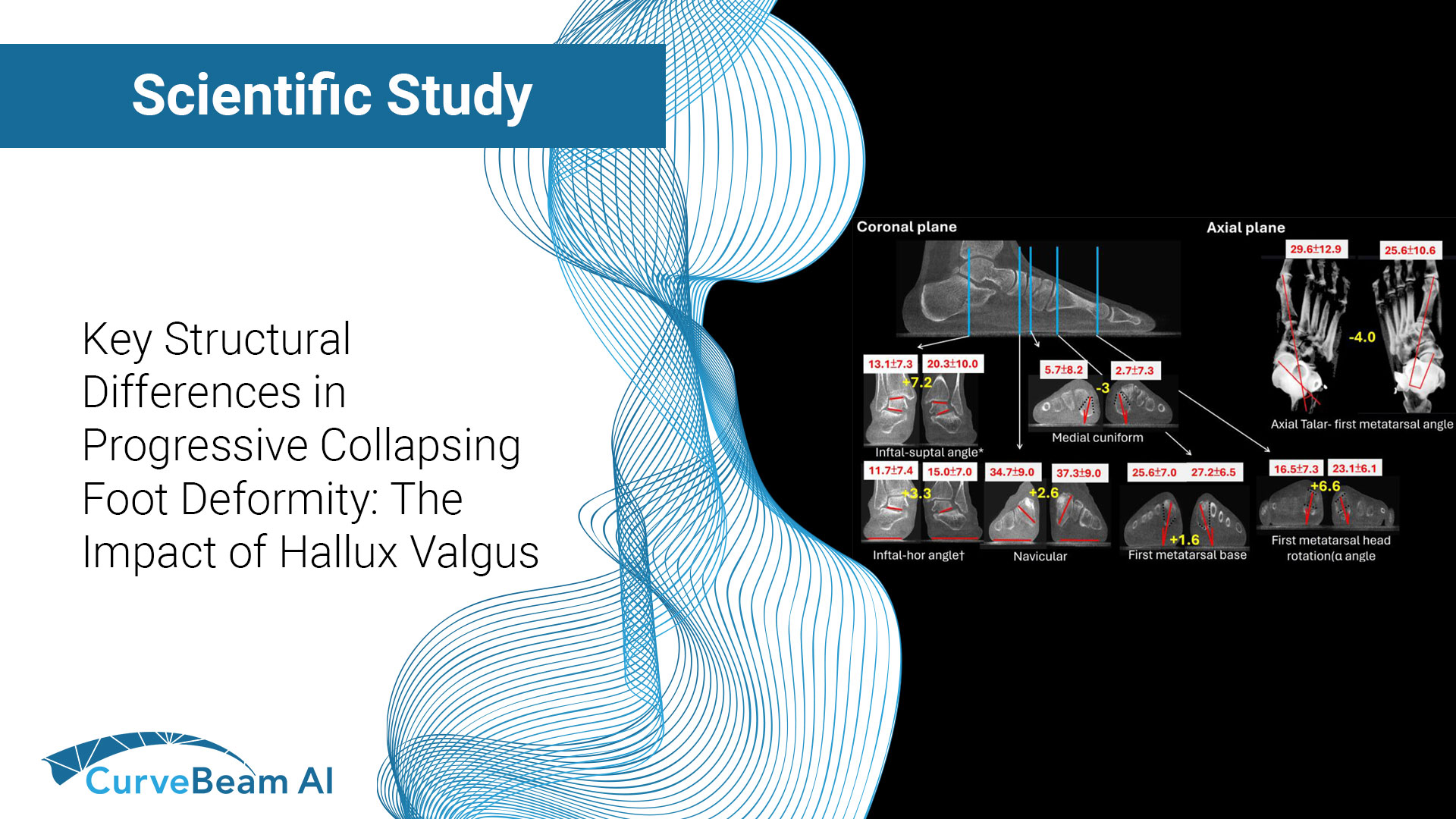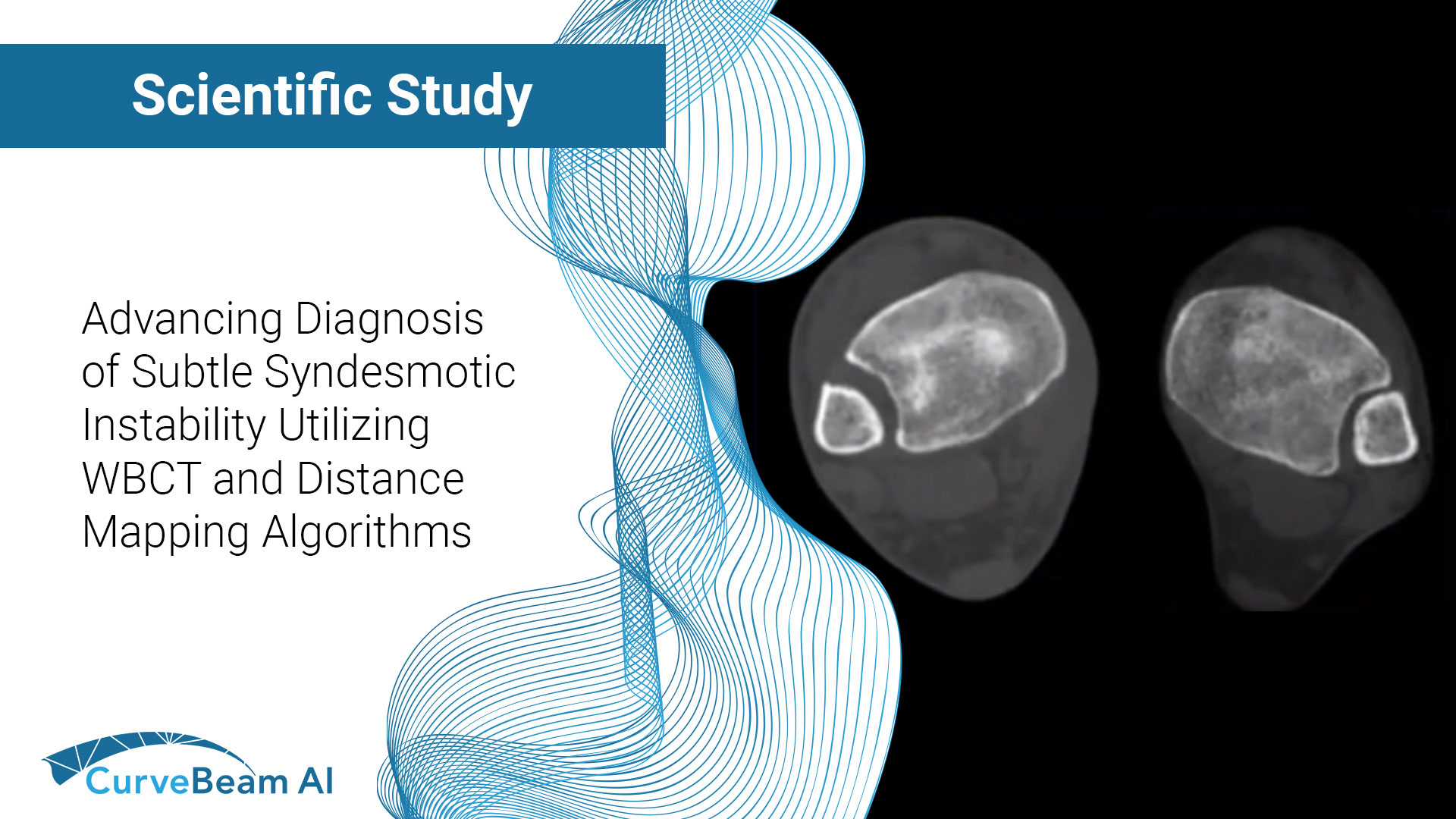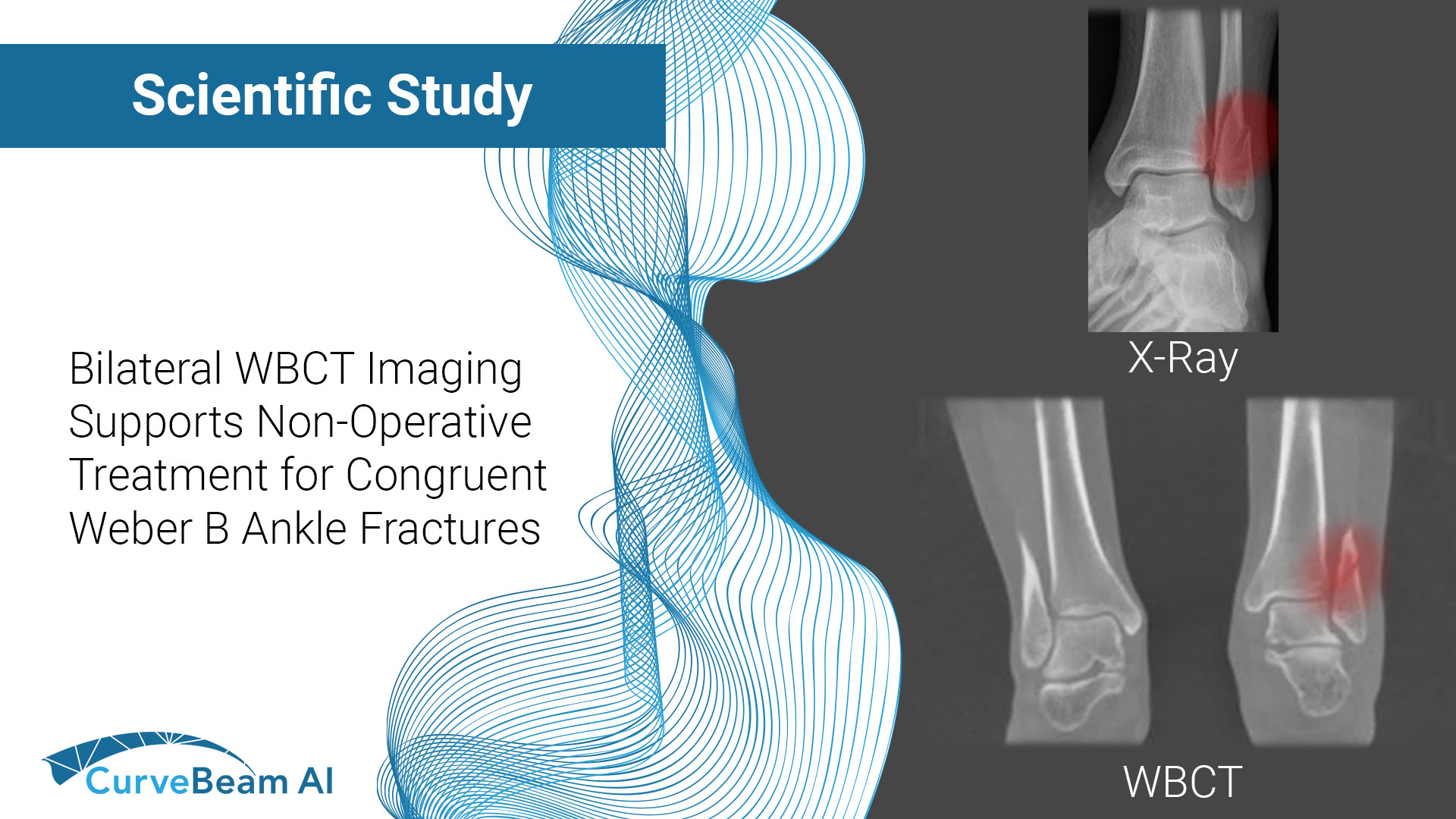CT as an Emerging Bone Health Screening Tool: The Role of Hand Surgeons
Fragility fractures are often the first visible sign of underlying osteoporosis but too often, they go unrecognized. A new study published in Journal of Hand Surgery Global Online highlights how hand surgeons can play a pivotal role in early bone…

